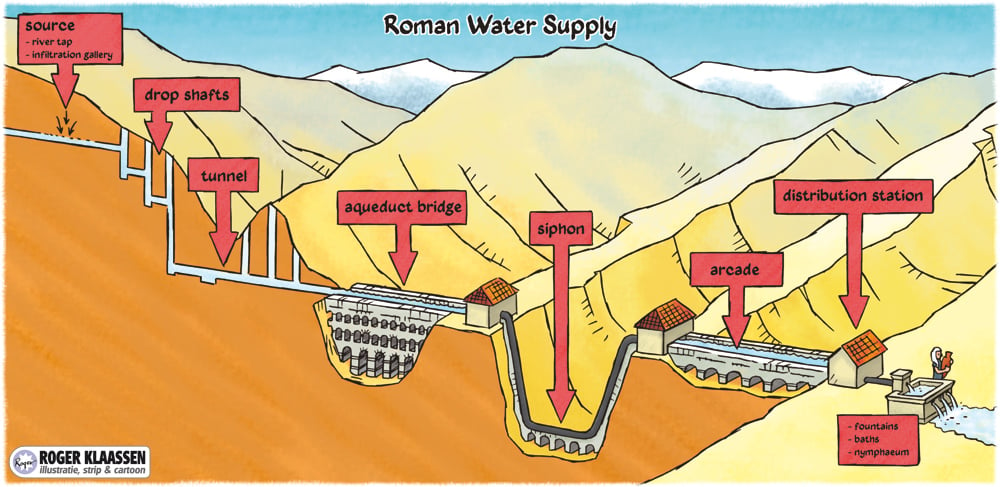this post was submitted on 02 Oct 2024
254 points (99.6% liked)
Illustrations of history
826 readers
12 users here now
This magazine is for sharing artwork of historical events, places, personages, etc. Scale models and the like also welcome!
Generally speaking, actual photos of a historical item should go to [email protected]
Photos of ruins should go to [email protected]
Photos of the past should go to [email protected]
founded 7 months ago
MODERATORS
you are viewing a single comment's thread
view the rest of the comments
view the rest of the comments

From Hydraulics of Roman Aqueducts : Steep Chutes, Cascades and Dropshafts (PDF warning):
Really, really cool stuff